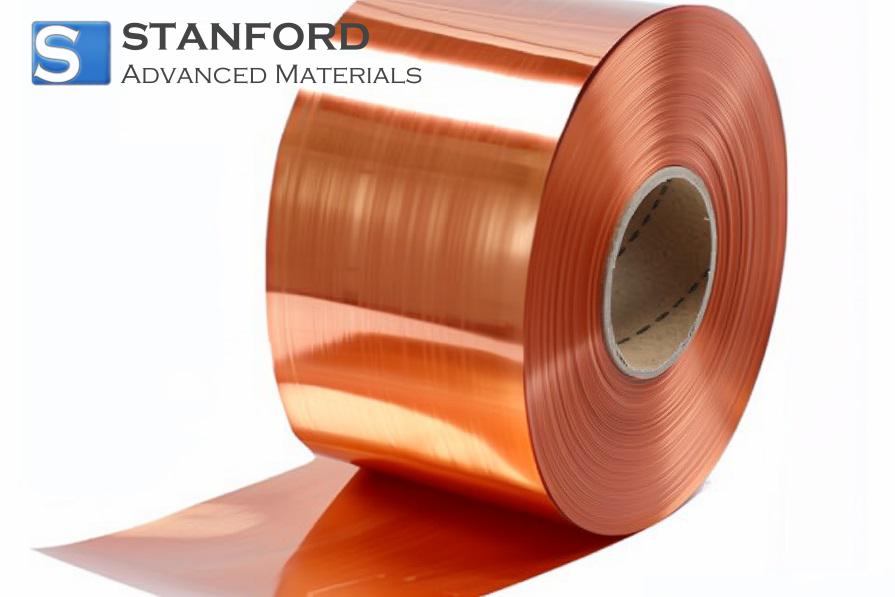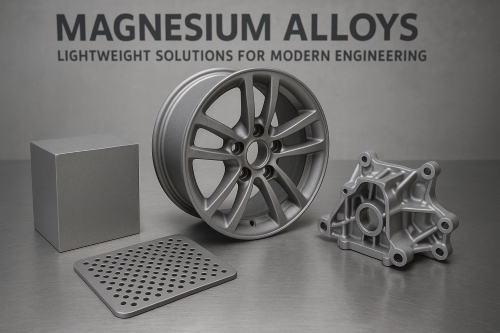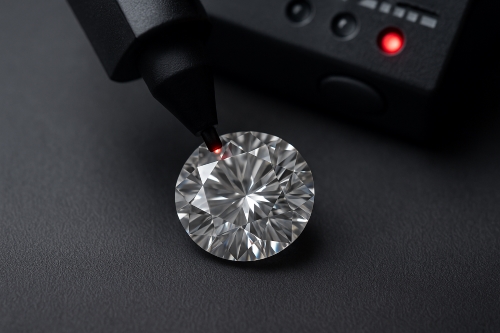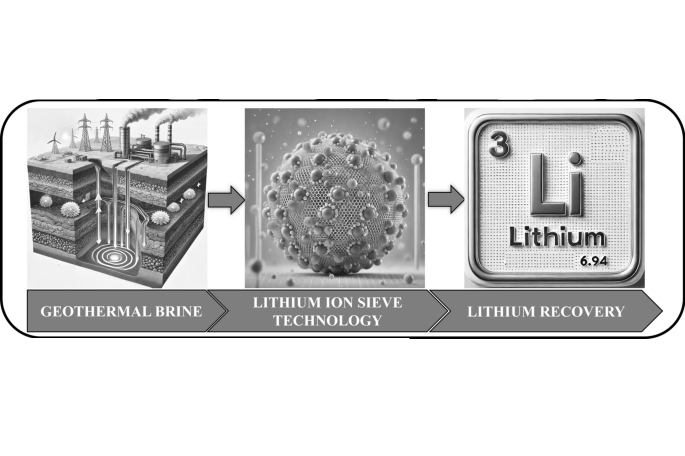Graphene-based Micro-battery Power Biotelemetry Implants
Researchers at Pacific National Laboratory (PNL) have developed a microbattery based on graphene. They designed the battery to function in real-world applications. The research team deployed the battery to record the swimming behaviour of salmon in rivers. They expect this battery technology to enhance data collection in biotelemetry.
Microbatteries made from graphene are under evaluation for their potential in biotelemetry. In the medical field, sensor packages have been manufactured at very small scales. Previous sensor designs used silver oxide batteries that were either too large or did not operate long enough to collect sufficient data. The graphene-based batteries may resolve these deficiencies.
Technologists have noted that battery performance restricts progress in various fields. This limitation is evident in smartphones, electric vehicles, renewable energy systems and biotelemetry devices. Constructing the smallest battery remains a technical challenge. At present, microbatteries expected to influence future battery technologies largely remain laboratory prototypes.
If these microbatteries develop into useful medical components, they could enable daily data collection for patients who require regular monitoring. Patients might spend less time in hospital, thereby reducing the risk of nosocomial infections. Doctors would receive more accurate health data as a result.
The performance is achieved using a combination of graphene and fluorine. The fluorinated graphene is capable of withstanding higher voltages while discharging current with greater efficiency. The battery incorporates a "Jelly-Roll" structure. In this design, three layers are stacked sequentially and then rolled into a cylindrical form. These layers serve as separators between the lithium anode and the fluorinated graphene cathode. The researchers report that the battery can emit a 744-microsecond signal at 3-second intervals for nearly 3 weeks, with the duration increasing if the interval is extended.
Researchers must now address a limitation that prevents commercial scalability. Each microbattery is assembled manually. The researchers cut, flatten, layer and roll each piece of material by hand.

 Bars
Bars
 Beads & Spheres
Beads & Spheres
 Bolts & Nuts
Bolts & Nuts
 Crucibles
Crucibles
 Discs
Discs
 Fibers & Fabrics
Fibers & Fabrics
 Films
Films
 Flake
Flake
 Foams
Foams
 Foil
Foil
 Granules
Granules
 Honeycombs
Honeycombs
 Ink
Ink
 Laminate
Laminate
 Lumps
Lumps
 Meshes
Meshes
 Metallised Film
Metallised Film
 Plate
Plate
 Powders
Powders
 Rod
Rod
 Sheets
Sheets
 Single Crystals
Single Crystals
 Sputtering Target
Sputtering Target
 Tubes
Tubes
 Washer
Washer
 Wires
Wires
 Converters & Calculators
Converters & Calculators
 Write for Us
Write for Us

 Chin Trento
Chin Trento



